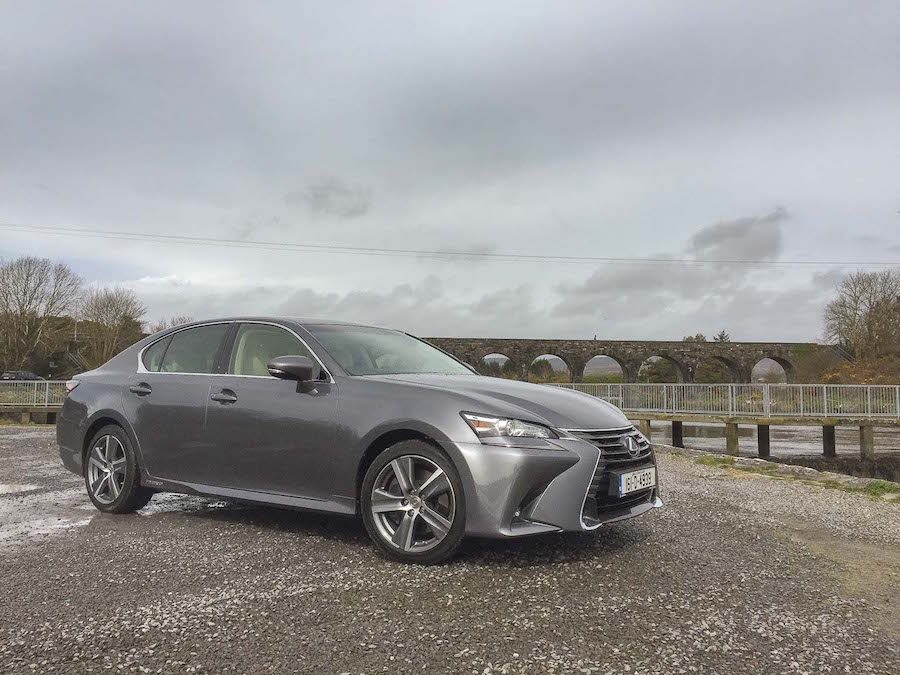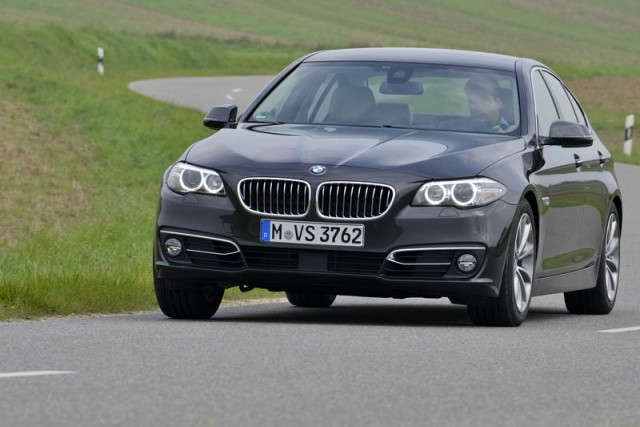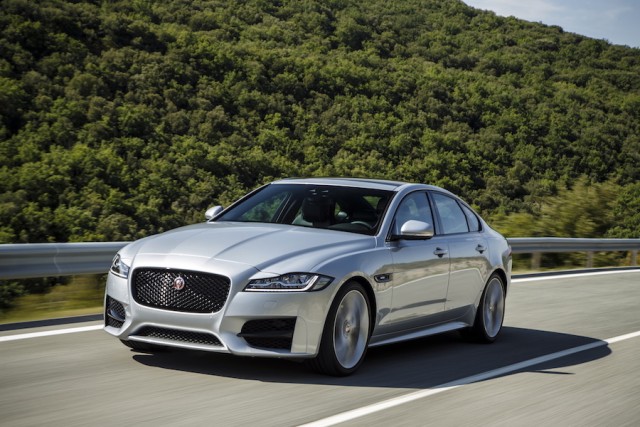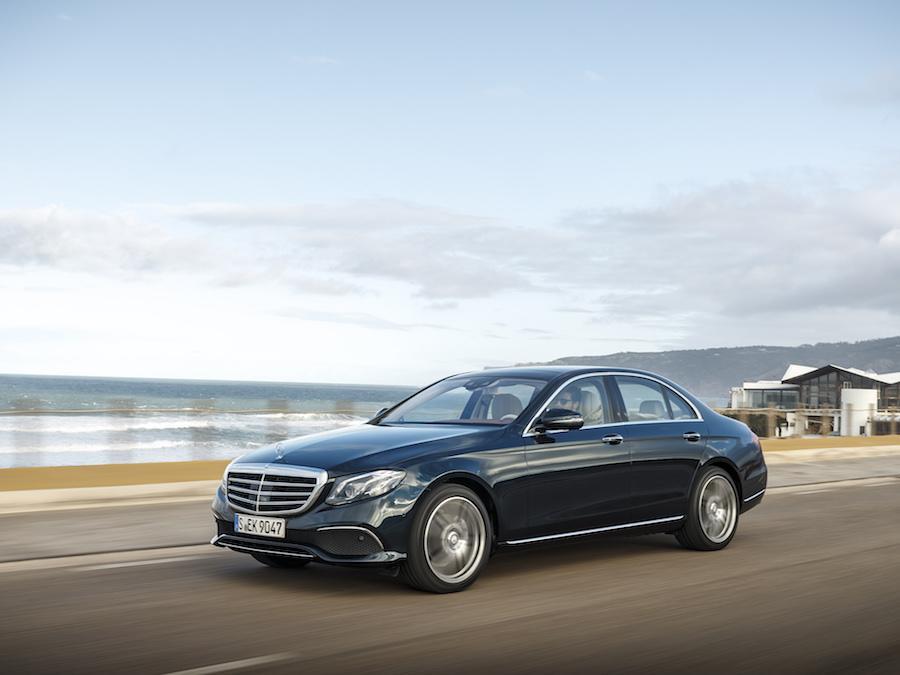Good: comfort, refinement, economy, quality, price.
Not so good: steering and handling a touch vague, some clunky cabin trim, out-dated infotainment.
How many times have we all sat here and had a good old bitching session about Toyota hybrids? A hundred? A thousand times, perhaps? Ever since Toyota's engineers, in their all-seeing wisdom, decided that the route to maximum economy and minimal emissions was to pair an Atkinson-cycle engine with a CVT gearbox and an electric motor AND TO NEVER, EVER BUDGE FROM THAT SETUP we have been complaining, moaning, groaning about the whine, drone and roar brought on by the CVT. And indeed, the lack of decent fuel economy on longer journeys. A few years ago, I tried to drive from Galway to Waterford and back in a Prius+ and I wasn't sure what was going to snap my mental elastic first - the noise or the need for constant refuelling stops.
Still, Toyota and Lexus keep beavering away on this NEVER-CHANGING system and, do you know what - they're actually starting to get it right. It's still not perfect, and I still reckon that the incoming range of hybrids that use stepped dual-clutch transmissions will show Toyota the true light, but here in the Lexus GS 300h, it has created a hybrid that not only works as it should, but is actually pleasant to drive and even quite desirable.
The GS has been around for a few years now in its current form, but has just been given a major styling update that makes the fanged, Dracula grille (I'm pretty sure that's the official term) even more dramatic and distinctive. I actually really like what Lexus is doing in styling terms at the moment. It's not pretty and you could accuse it of being inelegant, but it's more than a little distinctive and dramatic and that's a good thing.
Around the back, it's a little quieter to look at (a touch of the posh Camry about it), but overall it's a handsome car and certainly very different to the massed ranks of BMW 5 Series and Audi A6s you spot roving about.
Inside, there is what I can only describe as pure interior design gold. Now, that assessment comes with the caveat of a few clunky items to which we'll come in a moment, but be in no doubt that this is a truly wonderful space in which to spend time. We put up more than 1,500km in the space of a week in the GS, yet handed it back still craving more seat time. Especially seat time actually, as Lexus has crafted a pair of front chairs that I can conclusively say are the equal of anything offered by Bentley. You just don't notice the miles rolling past.
It almost goes without saying that quality is fantastic - build and assembly have long been Lexus hallmarks and the GS doesn't blot its copybook here. The layout of controls is also rather more logical than on previous GS models although I confess an odd fondness for the original GS's fold-out drawer of auxiliary buttons that used to live down near your right knee.
There are main dials that are both attractive and clear and a huge new 12.3-inch display screen for the infotainment system. Now, this is where we get to the clunky stuff. The mouse-like point-and-click controller for the infotainment is just awkward and a bit silly and takes up far more space on the centre console than BMW's iDrive or Audi's MMI. Even when you've trained your hand to use the buttons, the graphics on the screen make it seem not worth the bother - they look woefully old-fashioned and Nintendo-like. Now, Lexus is not the only car maker to suffer from this syndrome (others, even far more expensive do also), but BMW and Audi can surely provide some adequate inspiration.
Meanwhile there are some other small cabin snafus. The cruise control switch appears to have been parachuted in from a 2003 Avensis (although at least Lexus has long-since started making its own column stalks that are chunky and pleasant to use) and there are a few too many US-style warning labels around the place (not least for the wireless inductive phone charging pad) for comfort.
Still, the basics are right - comfort, good visibility, plenty of space in the back and close-to-exquisite quality. Fix the screen graphics and ditch the mouse and you'd have a nigh-on perfect interior.
As for the hybrid powertrain, it simply works. The 300h, with its 2.5-litre petrol four-cylinder engine, backed up by batteries and an electric motor, seems to be the best version of Toyota's and Lexus' hybrid setup. The smaller 1.8-litre petrol and the larger 3.5-litre V6 are just too noisy and uncouth, an effect exacerbated by the CVT's insistence that maximum revs are the only solution to acceleration.
Here in the GS though, the 2.5's torque means that you can build up the speed you need relatively quickly, so the high-rev mooing is kept to a minimum. Once at cruising speed, it's then just a matter of letting the computer juggle the petrol and electric motors to achieve the best possible outcome. It's an impressively quiet system, although you do need to have it in Sport mode for snappy acceleration. It's also impressively frugal - Lexus says that you can get 5.0 litres per 100km out of it on average, and through a week mixed with long motorway runs (normally death for hybrid economy), rural back roads and urban hops, we got 6.3 litres per 100km, which seems pretty decent. To put it in context, a 180hp diesel Mondeo driven over the very same roads a few days later scored 6.5 litres per 100km.
Around town the Lexus pretty regularly drops into all-electric EV mode, so even though its nickel-cadmium batteries are not as modern as rivals' lithium-ion units - and there's no plugin option - it's a pretty effective setup for low-emissions driving - especially as there's not diesel exhaust fug about which to worry.
The only place where the GS falls down is on twisty roads. You can tell, pretty much instantly, that it's a car set far more for comfort than anything else. The suspension isn't quite soft enough to be called squishy, but it's not far off, and is hugely cosseting even on badly made roads. The payoff for that is a sense of ill-damped motion in the body when cornering hard and a lack of feedback from the steering. It's no canal barge, and nor does it ever feel out of sorts in corners, but it lacks the razor-sharp responses of the Jaguar XF, BMW 5 Series or the new Mercedes-Benz E-Class.
It is well equipped and well-priced though. LED headlights, 18-inch alloys (17s on the entry-level Executive version), the big infotainment screen, climate control, reversing camera, cruise control, heated and ventilated leather-wrapped seats with electric adjuster, auto-dimming mirror - all standard for your €53k, and the still-decently-equipped Executive model starts at €49k.
I think almost without question this is the nicest and best Lexus or Toyota hybrid I've yet driven, and the one I'd unquestionably most like to own. Smooth, soothing and silent, it proves that Toyota's engineers were right all along. They just needed time to get it right for me.





























